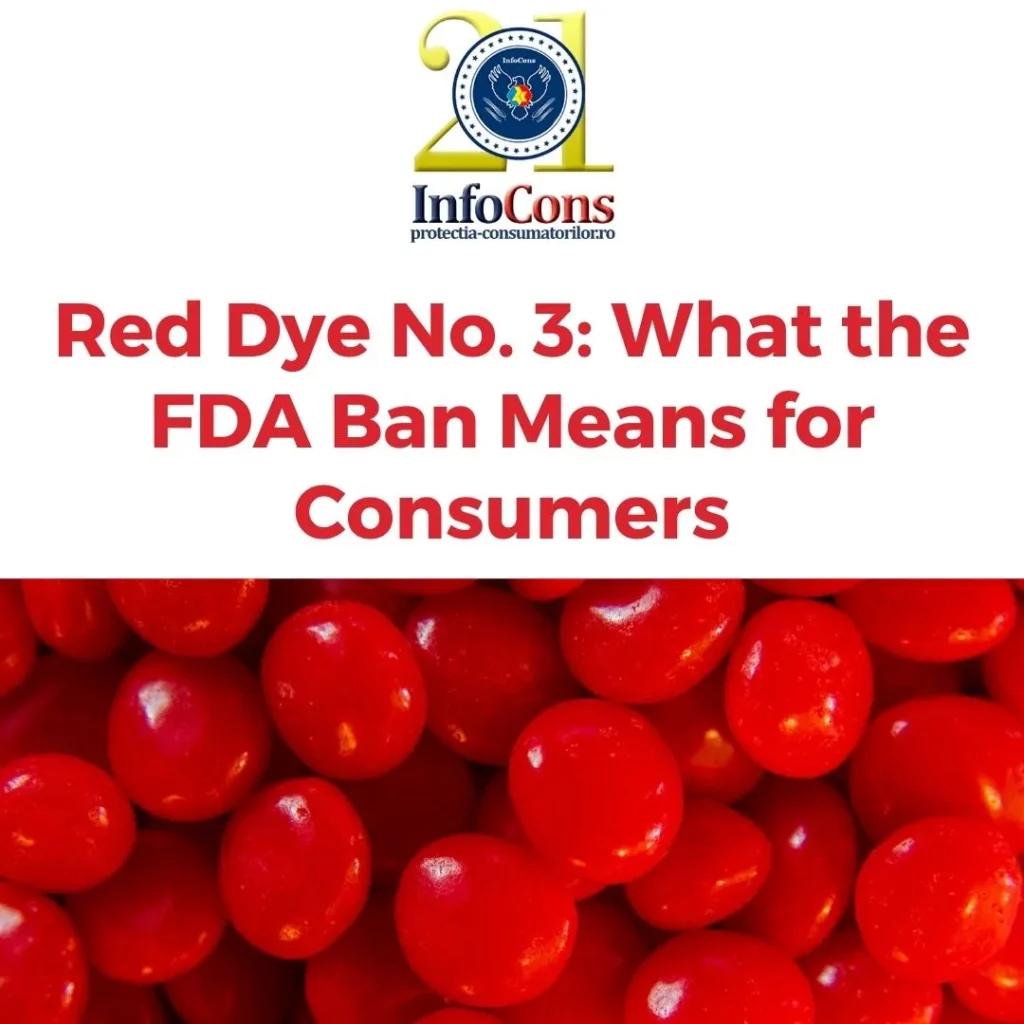
After years of debate and mounting evidence, the Food and Drug Administration (FDA) has officially prohibited the use of Red Dye No. 3 in food products. This decision marks a significant step forward for food safety, addressing concerns that have persisted for decades regarding the dye’s harmful effects.
What Is Red Dye No. 3 and Why Is It Harmful?
Red Dye No. 3, also known as erythrosine, is a petroleum-based artificial coloring widely used to enhance the reds and pinks in a variety of food products. Over the years, studies have linked the dye to serious health risks:
- Cancer Risks: Research has shown that the dye causes cancer in animals, leading experts to question its safety for human consumption.
- Behavioral Concerns: Additional studies have connected Red Dye No. 3 to hyperactivity and other neurobehavioral issues in children, raising alarm among parents and health advocates.
Despite these findings, the food industry continued to defend its use, and bureaucratic delays allowed it to remain in food products long after its dangers were recognized.
Read also : EU Healthcare in Transition : Addressing an Aging Medical Workforce
The History of Red Dye No. 3 in Consumer Products
The FDA’s decision to ban the dye from food comes decades after it was prohibited in cosmetics. In 1990, evidence of the dye’s harmful effects prompted the FDA to remove it from makeup and other personal care products. However, regulatory loopholes allowed its continued use in food.
Red Dye No. 3 has been a common ingredient in thousands of products, including:
- Candies and baked goods
- Strawberry milk and fruit cocktails
- Hot dogs and imitation bacon
- Fruit juices
According to the Environmental Working Group, more than 3,000 food products currently list the dye as an ingredient, making the ban a significant shift for the food industry.
Children: The Most Vulnerable Consumers
Health experts have voiced particular concern over the dye’s prevalence in foods marketed to children. Studies show that children aged 2 to 5 consume twice as much Red Dye No. 3 as the average American, relative to their body weight.
Given the risks of developmental harm, this demographic has been a focal point in campaigns to eliminate the dye from food.
Read also : 13% Drop in Chemical Production : EU Faces Significant Decline
Advocacy and Regulatory Actions
The fight against Red Dye No. 3 gained momentum in recent years:
- Consumer Advocacy: In 2022, Consumer Reports joined a petition urging the FDA to ban the dye. This effort culminated in a second petition in 2024, signed by 80,000 consumers.
- State-Level Bans: California led the charge in 2023 by banning Red Dye No. 3 from all food sold or manufactured in the state. Other states are expected to follow suit.
Under the new federal regulation, food manufacturers have until January 15, 2027, to remove the dye from their products.
Beyond Red Dye No. 3: A Push for Safer Foods
Advocates are calling on the FDA to extend its focus to other potentially harmful artificial dyes still allowed in food. These additives, many of which are targeted at children, pose significant health risks and are a growing concern for food safety experts.
Read also : The World IP Day 2025 Youth Video Competition is now open – InfoCons informs you !
A Safer Future for Food
The FDA’s ban on Red Dye No. 3 marks an important victory for public health and consumer advocacy. By eliminating a known carcinogen from food products, this decision paves the way for safer, healthier options in the marketplace. As the 2027 deadline approaches, continued vigilance will be essential to ensure compliance and to push for the removal of other toxic additives that threaten consumer well-being.
Source : Consumer Reports
InfoCons – European Organization for Consumer Protection and Promotion of Programs and Strategies , a full member of the World Organization Consumers International, founding member of the Federation of Consumer Associations, and member of ANEC .